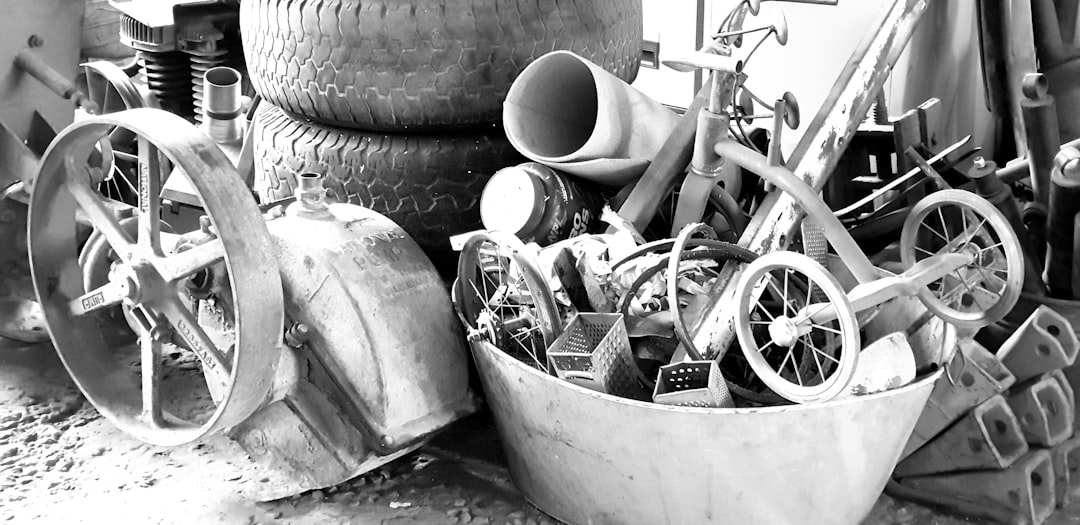– My Most Valuable Advice

Automated shot peening machines have revolutionized the way industries enhance the fatigue strength and durability of metallic components. Their operation leverages the principles of mechanical shot peening, a process designed to impart compressive residual stresses on the surface of parts through the controlled impact of spherical media. This technology plays a crucial role in sectors such as aerospace, automotive, and manufacturing, where engineered components are subjected to rigorous stress and fatigue over their operational life. Understanding the functionality, benefits, and considerations of automated shot peening machines is essential for industries aiming to improve product performance and lifespan.
At its core, an automated shot peening machine operates by projecting small spherical particles, or shots, at high velocities towards the surface of a component. The impact of these shots distorts the surface material, inducing compressive stresses that counteract the tensile stresses experienced during service life. This process significantly enhances the component’s resistance to fatigue, stress corrosion cracking, and general wear. Modern machines utilize advanced features such as programmable control systems, which allow for precise adjustments in shot size, velocity, and angle of impact, ensuring uniform coverage and optimization of the peening effect across various geometries and complex shapes.
One of the key advantages of automated shot peening is its consistency and repeatability, something that manual operations struggle to achieve. Automation eliminates variations in operator technique, which can lead to inconsistencies in the peening process, thereby maximizing the reliability of the results. Additionally, automated systems are capable of processing a higher volume of components in a shorter timeframe compared to manual methods, addressing the increasing demands of production schedules in competitive industries. This efficiency translates into reduced operational costs and improved throughput, enabling manufacturers to deliver high-quality products more swiftly.
Furthermore, automated shot peening machines offer enhanced safety features for operators. The automated nature reduces the amount of manual intervention needed, lowering the risk of injury associated with repetitive tasks or exposure to hazardous materials. Many machines are equipped with safeguards, such as enclosed chambers, to prevent the escape of shot media, thereby improving environmental conditions around the work area. These machines often also incorporate technology to minimize shot loss and reduce media consumption, contributing to more sustainable manufacturing practices.
However, deploying an automated shot peening system is not without its challenges. Initial investment costs can be significant, as these machines typically require advanced technology and infrastructure to operate effectively. Industries must weigh these costs against the potential long-term savings and benefits informative to their operations. Additionally, the setup and maintenance of such machines require skilled personnel familiar with the intricacies of shot peening technology. Training operators not only on machine operation but also on the parameters that influence peening effectiveness, such as shot flow, pressure, and exposure time, is fundamental to achieving optimal results.
Lastly, regulatory considerations come into play, particularly in industries like aerospace, where compliance with specific standards is mandatory. Operators must ensure that their automated shot peening processes align with industry regulations pertaining to surface treatment and component integrity. This often involves thorough documentation and regular audits to verify that the peening processes meet required specifications.
In conclusion, automated shot peening machines represent a significant advancement in surface treatment technology, providing industries with an effective method to enhance the performance of critical components. With the benefits of increased efficiency, consistency, and safety, along with the challenges of investment and regulatory compliance, organizations considering the adoption of these machines should carefully evaluate their operational needs and long-term goals. Choosing the right system and ensuring proper training and maintenance can lead to substantial improvements in product quality and lifespan, solidifying competitive advantage in the marketplace.
A Quick Overlook of – Your Cheatsheet
The Essential Laws of Explained
This post topic: Relationships